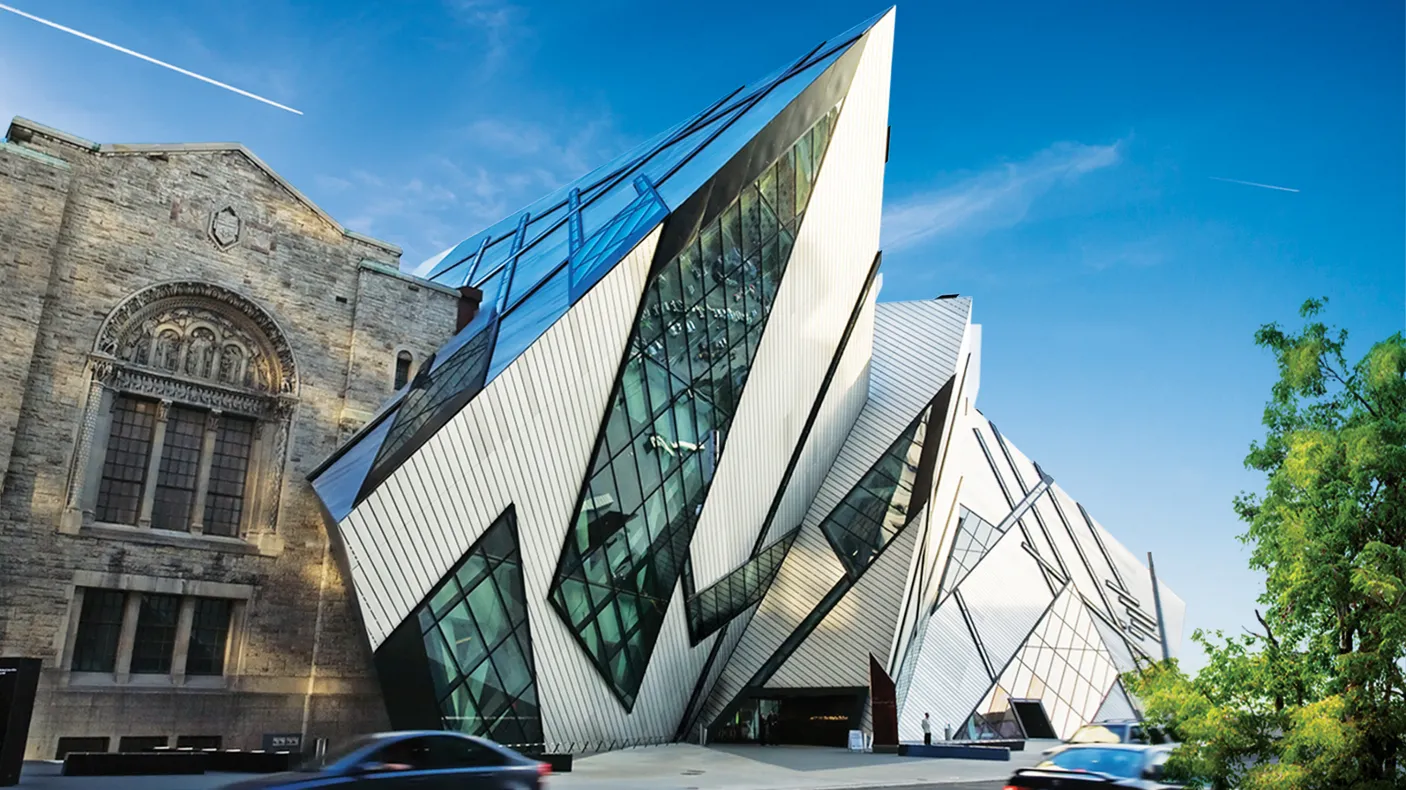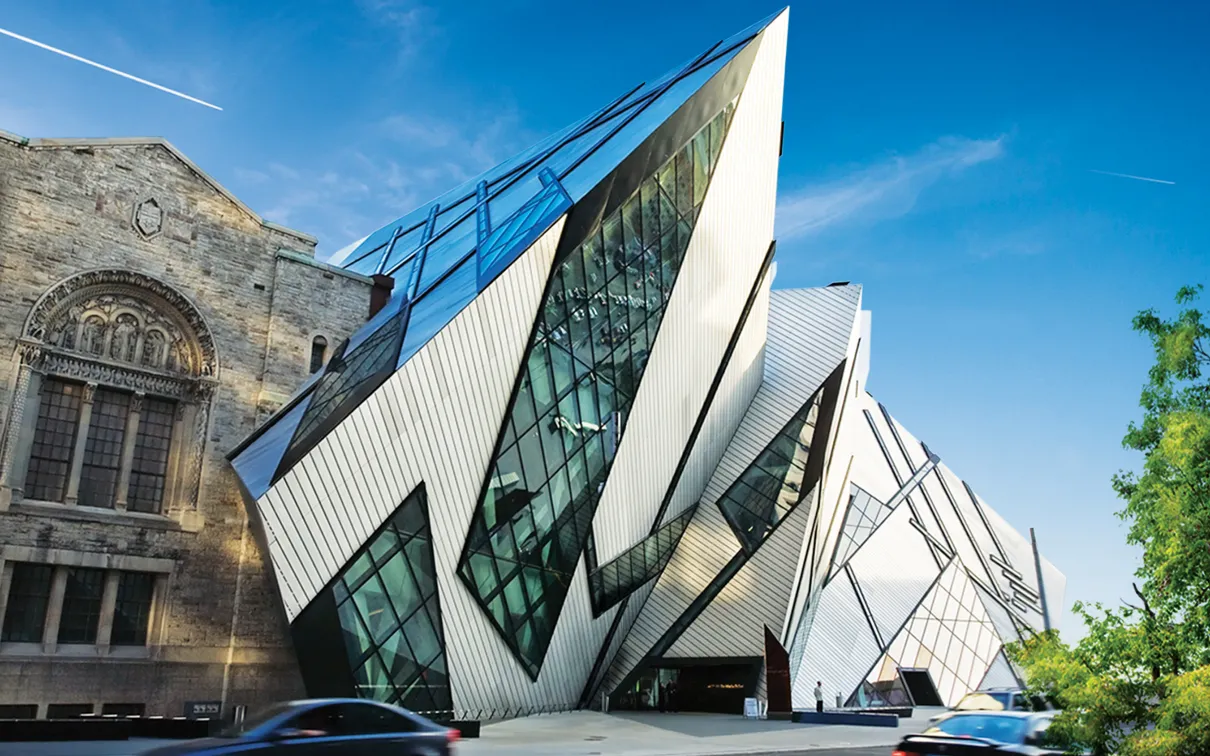Evolution of flight-feather preening revealed in new fossil skeleton of Saurornitholestes langstoni
Published
Category
Press Release

A small, feathered theropod dinosaur, Saurornitholestes langstoni, was long thought to be so closely related to Velociraptor mongoliensis that some researchers called it Velociraptor langstoni—until now.
Illustration by Jan Sovak.
TORONTO, October 11, 2019 – The discovery of a nearly complete Saurornitholestes langstoni specimen in Dinosaur Provincial Park provides critical information on the evolution of theropod dinosaurs. The 76-million-year-old species was long thought to be so closely related to Velociraptor from Mongolia that some researchers even called it Velociraptor langstoni—until now.
The discovery was made by Dr. Philip Currie, professor in the Department of Biological Sciences and Canada Research Chair in Dinosaur Paleobiology, and Clive Coy, chief technician in the Laboratory for Vertebrate Paleontology, from the University of Alberta; and Dr. David Evans, the Royal Ontario Museum’s James and Louise Temerty Endowed Chair of Vertebrate Palaeontology. It illustrates how Saurornitholestes differs from Velociraptor. Importantly, the research also identifies a unique tooth evolved for preening feathers and provides new evidence that the dromaeosaurid lineage from North America that includes Saurornitholestes is distinct from an Asian lineage that includes the famous Velociraptor. The paper was published in The Anatomical Record.
“Palaeontology in general is a gigantic puzzle where most of the pieces are missing. The discovery and description of this specimen represents the recovery of many pieces of the puzzle,” said Currie, who conducted the research in collaboration with Evans. “This ranks in the top discoveries of my career. It is pretty amazing.”
Saurornitholestes is a small, feathered carnivorous dinosaur within the dromaeosaurid family (also known as "raptors") that was previously known from fragmentary remains.
Discovered in Dinosaur Provincial Park in 2014, the new skeleton is remarkably complete and exquisitely preserved, with all the bones (except for the tail) preserved in life position. The new research, which focuses on the skull, shows that the North American form has a shorter and deeper skull than the Velociraptor. At the front of the skull's mouth, the researchers also discovered a flat tooth with long ridges, which was likely used for preening feathers. The same tooth has since been identified in Velociraptor and other dromaeosaurids.
“Because of their small size and delicate bones, small meat-eating dinosaur skeletons are exceptionally rare in the fossil record. The new skeleton is by far the most complete and best-preserved raptor skeleton ever found in North America. It’s a scientific goldmine,” said Evans.
The study establishes a strong distinction between dromaeosaurids in North America and Asia. “The new anatomical information we have clearly shows that the North American dromaeosaurids are a separate lineage from the Asian dromaeosaurids, although they do have a common ancestor,” said Currie. “This changes our understanding of intercontinental movements of these animals and ultimately will help us understand their evolution.”
Future research will involve investigating the remainder of the skeleton and additional analyses on the relationships between dromaeosaurids.
For more information, interviews and images, please contact:
Anne Vranic, ROM Communications
avranic@rom.on.ca | 416.586.5784
ROM SOCIAL MEDIA
Join the Conversation: @ROMtoronto
Like: ROM Facebook
Watch: ROM YouTube
ABOUT THE ROM
Founded in 1914, the Royal Ontario Museum showcases art, culture and nature from around the world and across the ages. Among the top 10 cultural institutions in North America, Canada’s largest and most comprehensive museum is home to a world-class collection of 13 million art objects and natural history specimens, featured in 40 gallery and exhibition spaces. As the country’s preeminent field research institute and an international leader in new and original findings, the ROM plays a vital role in advancing our understanding of the artistic, cultural and natural world. Combining its original heritage architecture with the contemporary Daniel Libeskind-designed Michael Lee-Chin Crystal, the ROM serves as a national landmark, and a dynamic cultural destination in the heart of Toronto for all to enjoy.


